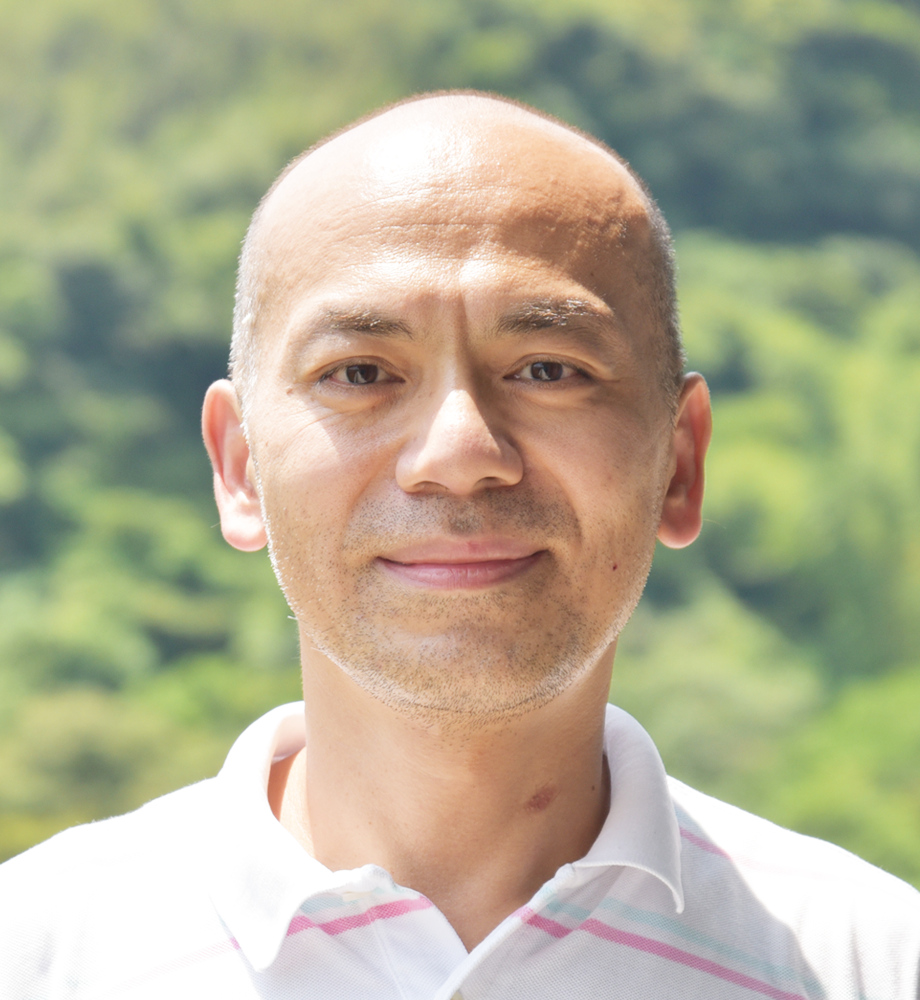

Liu, Chian-Yi劉千義
Associate Research Fellow
Research Interests
Dr. Liu has been conducted the research on the meteorological satellite remote sensing, atmospheric radiation, atmospheric physics. He has the interests and expertise on the aerosol-cloud-precipitation interactions and processes, along with the impacts due to human activities. In addition to the science of clouds, he devotes on the retrieval of atmospheric thermodynamic states, cloud properties and microphysical characteristics from the remote sensed data. He also investigates the estimation of environmental parameters, such as the precipitation intensity, by applying the artificial intelligence technique.
Representative Publications
Liu, C.-Y.*, C.-H. Chiu, P.-H. Lin, and M. Min (2020), Comparison of Cloud‐Top Property Retrievals from Advanced Himawari Imager, MODIS, CloudSat/CPR, CALIPSO/CALIOP, and radiosonde, Journal of Geophysical Research: Atmospheres, doi: 10.1029/2020JD032683
Liu, C.-Y.*, P. Aryastana, G.-R. Liu, and W.-R. Huang (2020), Assessment of Satellite Precipitation Product Estimates over Bali Island, Atmospheric Research, 244, doi: 10.1016/j.atmosres.2020.105032
Chen, S-.Y., C.-Y. Liu*, C.-Y. Huang, S.-C. Hsu, H.-W. Li, P.-H. Lin. J.-P. Cheng, and C.-Y. Huang (2021), An Analysis Study of FORMOSAT-7/COSMIC-2 Radio Occultation Data in the Troposphere, Remote Sensing, 13(4), 717, https://doi.org/10.3390/rs13040717
Hordyniec, P., C.-Y. Huang, C.-Y. Liu*,W. Rohm, and S.-Y. Chen, (2019), GNSS radio occultation profiles in the neutral atmosphere from inversion of excess phase data. Terr. Atmos. Ocean. Sci., 30, 215-233, doi: 10.3319/TAO.2018.10.12.01
Liu, C.-Y.*, S.-C. Kuo, A. Lim, S.-C. Hsu, K.-H. Tseng, N.-C. Yeh, and Y.-C. Yang (2016), Optimal Use of Space-Borne Advanced Infrared and Microwave Soundings for Regional Numerical Weather Prediction, Remote Sens., 8(10), 816, doi:10.3390/rs8100816
Liu, C.-Y.*, J. Li, S.-P. Ho, G.-R. Liu, T.-H. Lin, and C.-C. Young (2016), Retrieval of Atmospheric Thermodynamic State from Synergistic Use of Radio Occultation and Hyperspectral Infrared Radiances Observations, IEEE Journal of Selected Topics in Applied Earth Observation and Remote Sensing, Vol. 9, no. 2, doi:10.1109/JSTARS.2015.2444274
Liu, C.-Y.*, G.-R. Liu, T.-H. Lin, C.-C. Liu, H. Ren, and C.-C. Young (2014), Using Surface Stations to Improve Sounding Retrievals from Hyperspectral Infrared Instruments, IEEE Trans. Geosci. Remote Sens, 52, 11, 6957-6963, doi:10.1109/TGRS.2014.2305992
Liu, C.-Y.*, J. Li, E. Weisz, T. J. Schmit, S. A. Ackerman, and H.-L. Huang (2008), Synergistic use of AIRS and MODIS radiance measurements for atmospheric profiling, Geophys. Res. Lett., 35, L21802, doi:10.1029/2008GL035859
Highlights
Satellite Remote Sensing of Clouds: The atmospheric moisture could become cloud through condensation, and the cloud droplet might grow or dissipate under various processes to lead precipitation or clear sky. The cloud plays several roles in the Earth system through radiative feedback, such as the downwelling surface radiation, outgoing longwave radiation. The clouds also have distinct impact in radiation, such as its strong absorption in infrared channel, and almost transparent in microwave for non-precipitating scene. Some of the cloud droplet might become rain, and could be in the form of snow, rain or hail and etc. The formation of cloud and rain is even changeling under the impact of human activities. Therefore, the continuous monitoring of the cloud and rain is critical to investigate the aerosol-cloud-precipitation processes. The observation from geostationary satellite orbit fits the need for purpose, and we had been conducted on the study of clouds, from the retrieval to the analysis cloud science data. Reference: Liu et al. (2020).
The retrieval science for satellite remote sensing data and in-situ measurements: The satellite remote sensing is non-traditional observation, with relative large uncertainty due to the ill-posed problem. On the other hand, the traditional observation has high precision but limited in spatial and vertical coverage. With the use of both data synergistically, it is expected that we could have the best estimate of atmospheric thermodynamic states. We had been used the space-borne hyperspectral infrared spectrum, in conjunction with the surface temperature and moisture measurement to improve the retrievals in the atmospheric planetary boundary layer (PBL). Additional improvement in the upper troposphere lower stratosphere (UTLS) by including GNSS radio occultation data from FORMOSAT-3 (aka, COSMIC) and FORMOSAT-7 (aka, COSMIC-II) missions. Reference: Liu et al. (2008), Liu et al. (2014), Liu et al. (2016), Hordyniec et al. (2019)
